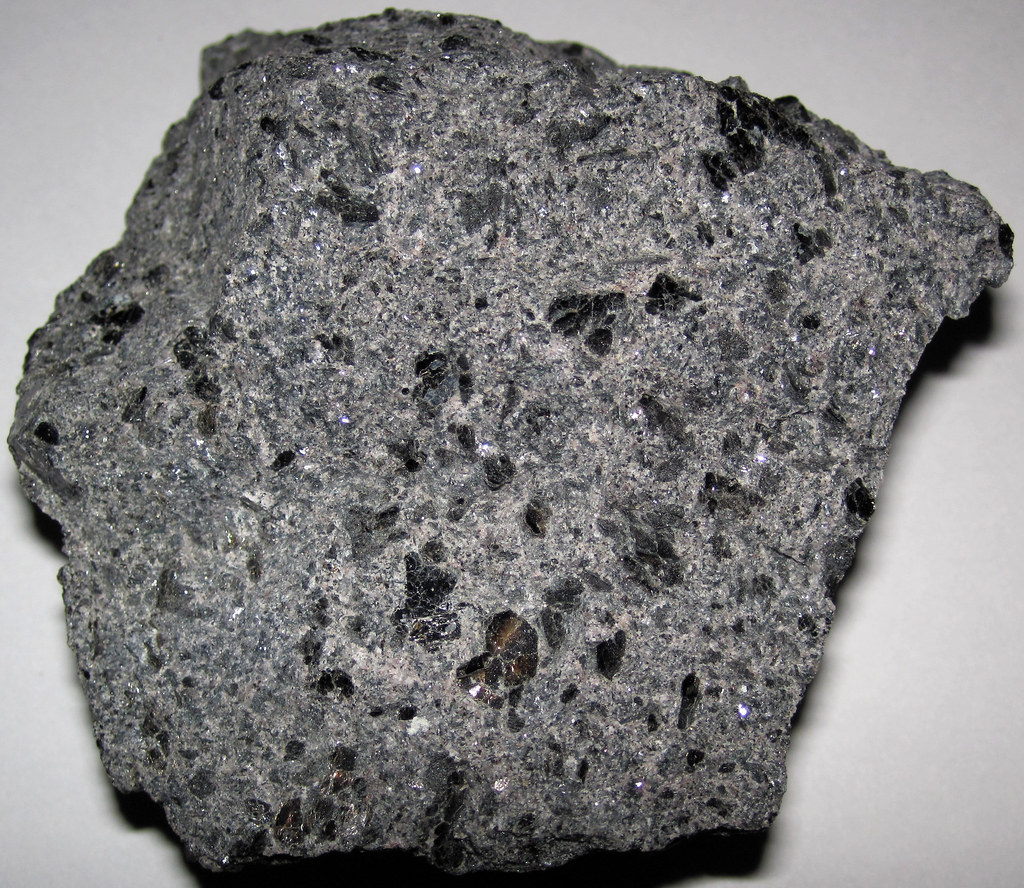
The quest to accurately pinpoint the origins of Homo sapiens stands as one of humanity’s most profound scientific endeavors. For decades, the Omo I fossils, discovered in Ethiopia, have been central to this narrative, widely recognized as some of the earliest anatomically modern human remains. However, the precise timeline of their existence has remained a subject of ongoing scientific debate and considerable uncertainty, largely due to the geological complexities of their discovery site.
Recent, meticulous research has now unveiled a stunning recalibration of this timeline, pushing back the minimum age of the Omo I fossils to approximately 233,000 years old. This groundbreaking revelation means our species’ earliest confirmed presence in eastern Africa is at least 36,000 years older than previously accepted. It is a discovery that not only rewrites a significant chapter in human history but also underscores the relentless pursuit of scientific accuracy in understanding our ancient past.
This article delves deep into the fascinating scientific journey that led to this revised dating. We will explore the historical context of the Omo I discovery, the inherent challenges in dating such ancient and delicate remains, and the innovative geological and geochemical methodologies that provided this critical new insight. Join us as we uncover the meticulous process and profound implications of this discovery, which redefines our understanding of early Homo sapiens.
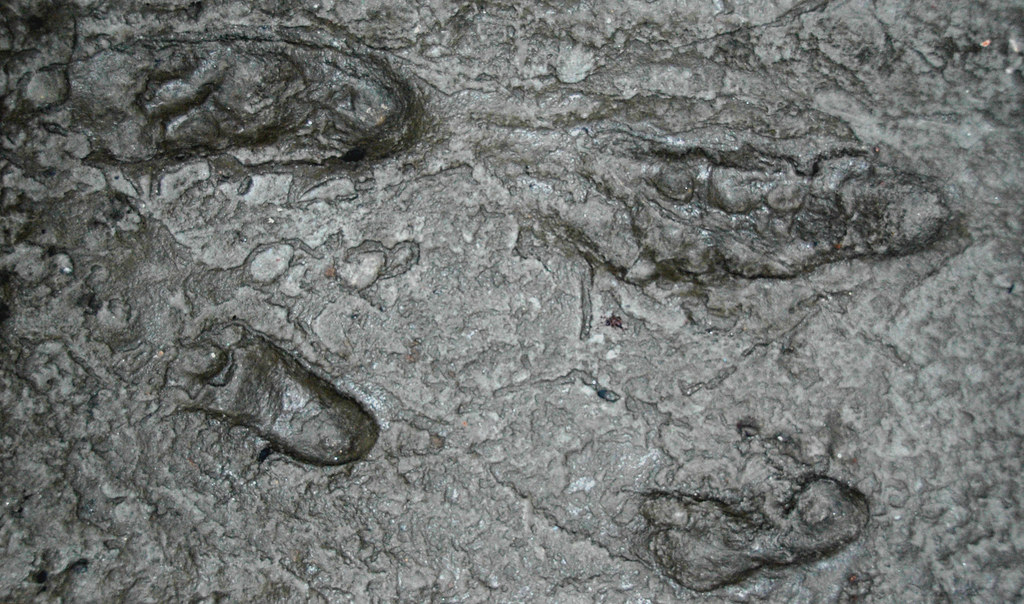
1. **The Omo I Fossils: Discovery, Initial Estimates, and Enduring Mystery**The story of Omo I began in the 1960s when paleoanthropologists uncovered these pivotal remains in the lower Omo valley of southern Ethiopia. Found by a team from the Kenya National Museums led by the trailblazing fossil hunter Richard Leakey, Omo I was immediately recognized as anatomically modern Homo sapiens, distinguishing it from other Middle Pleistocene hominins of the time. This initial identification cemented its status as a critical piece in the puzzle of human evolution.
Earlier attempts to date the Omo I fossils, based on the surrounding volcanic ash layers, suggested they were around 197,000 years old. This age became the generally accepted estimate for many years, forming a cornerstone of the timeline for Homo sapiens in eastern Africa. Despite this estimate, a persistent undercurrent of uncertainty lingered within the scientific community, as the nature of the geological deposits made precise dating particularly challenging.
The Omo Kibish Formation, where Omo I was found, is an extensive sedimentary deposit that had been barely accessed and investigated in the past. Even with the initial dating, Omo I maintained its significance due to its unequivocal modern human characteristics, making it a critical reference point for understanding the physical attributes of our earliest ancestors. The ongoing mystery surrounding its exact age fueled further research, acknowledging that the initial estimates might not tell the full story.
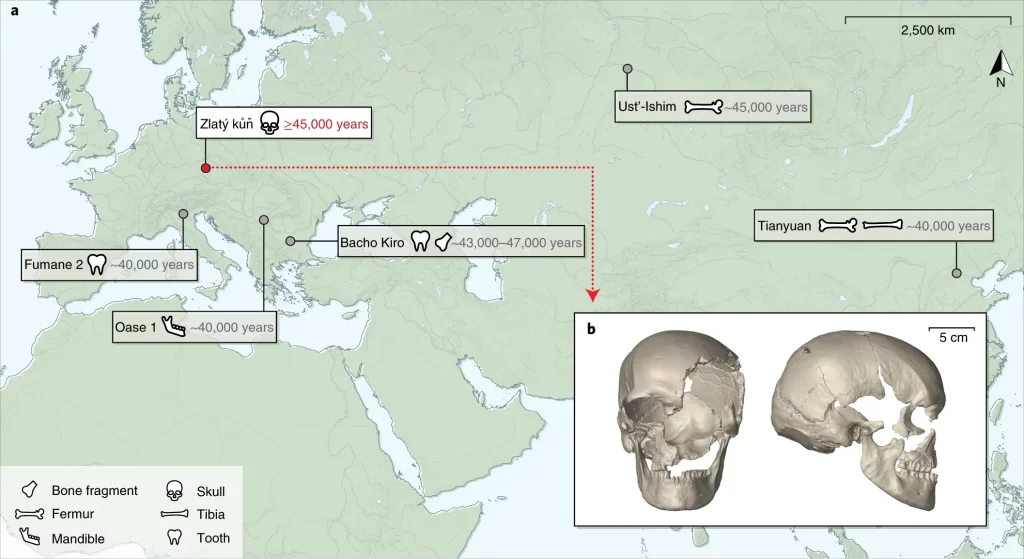
2. **The Persistent Challenge of Precise Dating: Why Earlier Attempts Fell Short**Determining the age of ancient human remains, particularly in volcanically active regions, typically relies on dating the layers of volcanic ash found above and below the fossils. These ash layers act as chronological markers, providing minimum and maximum ages. However, for the Omo I fossils, this standard approach encountered significant obstacles that introduced considerable uncertainty into previous age estimations.
The primary challenge stemmed from a thick volcanic ash layer located above the sediments containing Omo I. This particular deposit, known as KHS, had a consistency akin to flour, making it “too fine-grained” to accurately date using conventional radiometric techniques available at the time. The fine texture prevented scientists from isolating and analyzing the larger mineral crystals necessary for precise age determination, leading to ambiguity regarding its exact age and thus, its utility as a reliable chronological cap for the fossils.
Furthermore, earlier dating efforts often focused on volcanic ash layers that were “near but not above or below the fossils,” as noted by Dr. Céline Vidal, the paper’s lead author. This imprecise positioning relative to the fossil layer itself introduced further questions about the reliability of the derived ages. The inability to precisely date the crucial KHS ash layer, coupled with uncertainties about other volcanic deposits, meant that the “generally accepted age of the Omo fossils is under 200,000 years, but there’s been a lot of uncertainty around this date.”
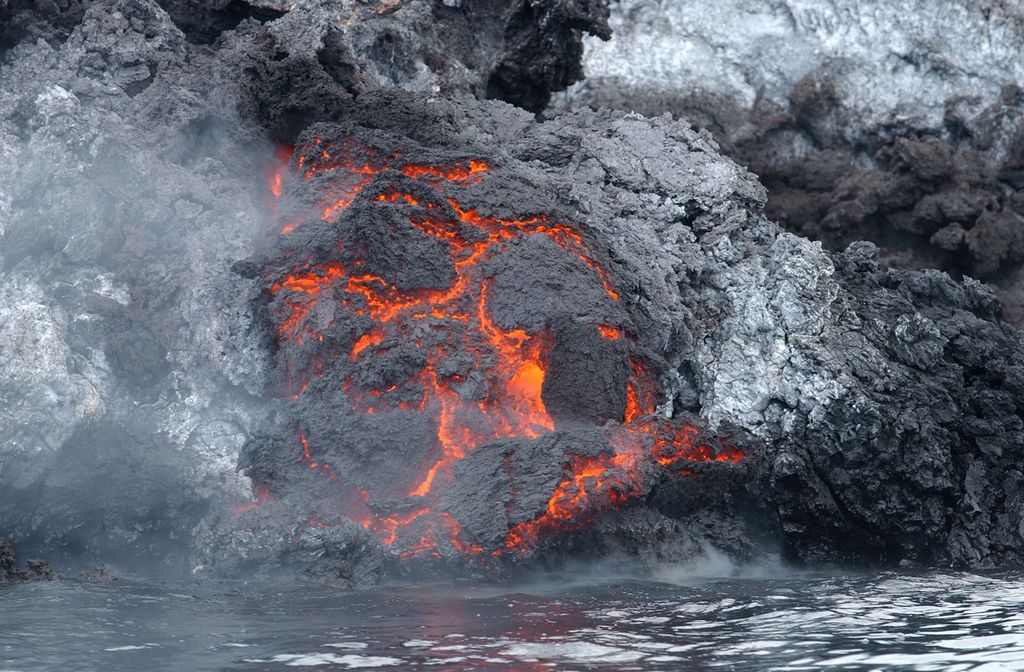
3. **The Ingenious New Method: Geochemical Fingerprinting of Volcanic Eruptions**Recognizing the limitations of previous dating attempts, an international team of scientists, led by the University of Cambridge, embarked on a fresh and innovative approach. This new methodology moved beyond direct dating of the fine-grained ash layers surrounding the Omo I fossils, instead focusing on identifying the source volcano of these layers through a unique “fingerprinting” technique.
Professor Clive Oppenheimer from the University of Cambridge and the McDonald Institute for Archaeological Research, along with his colleagues, initiated a four-year project. Their ambitious goal was to date all major volcanic eruptions in the Ethiopian Rift during the Late Middle Pleistocene, a period crucial to the emergence of Homo sapiens. This comprehensive survey of regional volcanism laid the groundwork for a more accurate understanding of the geological timeline.
The core of their ingenious method, as explained by Dr. Céline Vidal, involved understanding that “each eruption has its own fingerprint – its own evolutionary story below the surface, which is determined by the pathway the magma followed.” The researchers collected pumice rock samples from various volcanic deposits, grinding them down to sub-millimeter size. This meticulous process allowed them to “free the minerals within,” date them, and crucially, “identify the chemical signature of the volcanic glass that holds the minerals together.” By linking these distinct chemical signatures, they could trace fine ash deposits back to their powerful volcanic sources, even those hundreds of kilometers away.
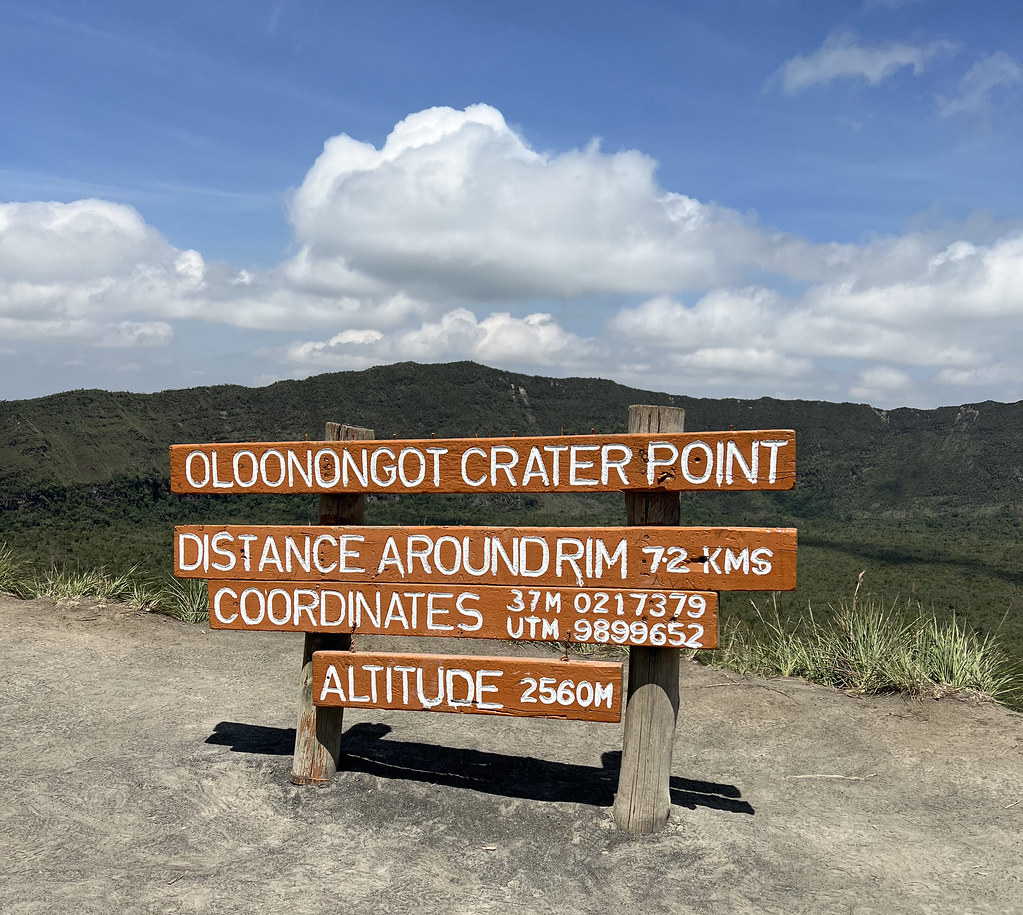
4. **Pinpointing the Source: The Colossal Eruption of Shala Volcano**With their sophisticated geochemical fingerprinting technique established, the research team set out to identify the specific volcanic event responsible for the thick, fine-grained ash layer that capped the Omo I fossil deposits. This was a critical step, as pinpointing the source volcano would allow them to date chunkier, more easily analyzed rocks from the same eruption, thereby providing an age for the otherwise undatable ash layer above Omo I.
Through rigorous new geochemical analysis, the scientists successfully correlated the “fingerprint” of the thick volcanic ash layer from the Kamoya Hominin Site (KHS), which conclusively overlies the Omo I-bearing member of the Kibish Formation, with an eruption of the Shala volcano. This formidable volcano is situated more than 400 kilometers away in the Main Ethiopian Rift, a testament to the sheer power of the ancient eruption that propelled its ash over such vast distances.
The context described this event as a “colossal volcanic eruption” and a “major explosive eruption” that rocked Ethiopia hundreds of thousands of years ago. The ability to link the seemingly unassuming, fine-grained KHS ash layer directly to such a massive and distant geological event was a significant breakthrough. This correlation provided the necessary bridge to finally assign a precise chronological age to the deposits directly associated with the Omo I remains, a feat that had eluded scientists for decades.
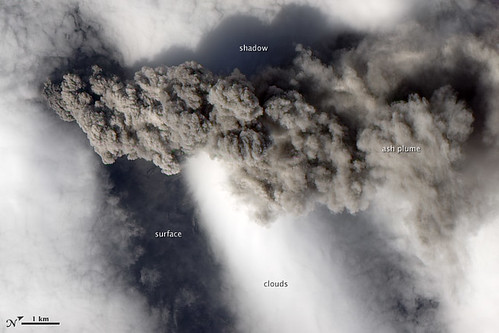
5. **Radiometric Dating Techniques: Unlocking the Age of Pumice and Ash**Once the Shala volcano was identified as the source of the critical KHS ash layer, the next pivotal step involved accurately dating the eruption itself. This was achieved by collecting pumice samples directly from the volcano’s vicinity, which, unlike the fine-grained ash, contained minerals suitable for robust radiometric dating techniques. These samples were then sent to specialized laboratories for analysis.
Dr. Céline Vidal sent the samples to co-authors Dr. Dan Barfod and Professor Darren Mark at the Scottish Universities Environmental Research Centre (SUERC) in Glasgow. There, the team employed a method known as “single crystal argon-argon” dating. This highly reliable and well-established technique measures the amount of the element argon trapped within volcanic minerals like ash and pumice rock. By analyzing the ratios of different argon isotopes, scientists can precisely pinpoint the moment the magma originally erupted from the Earth’s surface and cooled, effectively setting a geological clock.
The results from this meticulous analysis were definitive: the pumice samples from the Shala volcano were dated to 230,000 years ago. This provided an unambiguous age for the colossal eruption. Brian Stewart, an assistant professor of anthropology at the University of Michigan, who was not involved in the study, corroborated the reliability of this method, stating that “single-crystal argon-argon dating is very well established and reliable,” and “beautifully suited” to studying fossils in eastern Africa due to the region’s rich history of volcanic eruptions. This precise dating of the source eruption was the final piece of the chronological puzzle.

6. **Redefining the Timeline: Omo I’s New Minimum Age of 233,000 Years**With the KHS ash layer definitively linked to the Shala volcano and the volcano’s eruption precisely dated to 230,000 years ago, the implications for the age of Omo I were immediately clear and profoundly exciting. Since the Omo I fossils were discovered stratigraphically deeper than this newly dated ash layer, they logically “must be more than 230,000 years old.” This simple, yet powerful, deduction fundamentally reshaped the timeline of Homo sapiens in eastern Africa.
The new research firmly establishes a minimum age for the Omo I remains at approximately 233,000 years old. This pushes back the accepted age by “some 36,000 years” compared to previous estimates of around 197,000 years. The excitement among the research team was palpable, as Dr. Vidal recounted, “When I received the results and found out that the oldest Homo sapiens from the region was older than previously assumed, I was really excited.”
It is important to acknowledge that the new date estimate comes with a margin of error of “plus or minus 22,000 years.” However, even at its younger boundary, this new minimum age significantly extends the known presence of Homo sapiens in eastern Africa. As Stewart noted, if the true age is closer to the median estimated date of 233,000 years, or even older, then the finding is “definitely significant,” representing a substantial shift in our understanding of our species’ deep past. Professor Asfawossen Asrat added, “Our closer look into the stratigraphy of the Omo Kibish Formation, particularly the ash layers, allowed us to push the age of the oldest Homo sapiens in the region to at least 230,000 years.”
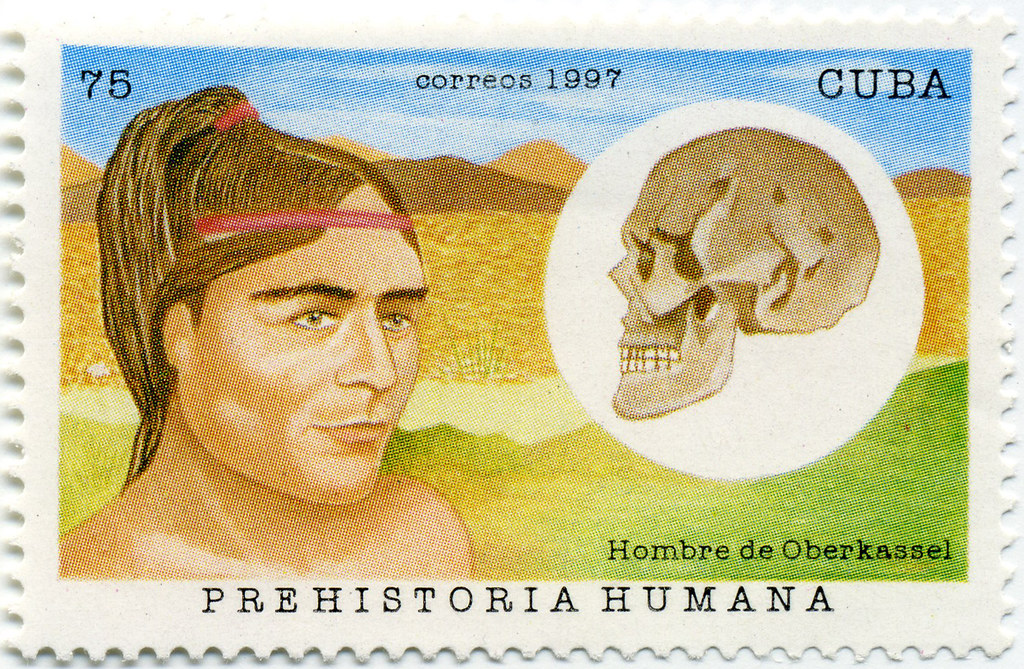
7. **The Unequivocal Modernity of Omo I: Distinguishing Traits of Our Species**Beyond its age, Omo I has always held a special place in paleoanthropology due to its distinct morphological features. It is not merely an old fossil, but one that possesses what scientists refer to as “unequivocal modern human characteristics,” setting it apart from other hominins thought to represent earlier stages of the Homo sapiens lineage.
Dr. Aurélien Mounier, a researcher with the Musée de l’Homme in Paris, precisely articulated these distinguishing traits: “Omo I possesses unequivocal modern human characteristics, such as a tall and globular cranial vault and a chin.” These features are hallmarks of Homo sapiens, providing clear anatomical evidence that Omo I represents our species in its fully developed modern form, rather than an archaic or transitional variant. This clarity of identification makes its re-dated age even more impactful.
In contrast to Omo I, other significant fossil finds, such as the 300,000-year-old Homo sapiens remains discovered in Morocco, have skull shapes that differ notably from modern humans. While these Moroccan finds are ancient, they do not possess certain features found in Omo I and later humans, including the tall cranium and chin. This anatomical distinctiveness, coupled with the new chronological evidence, leads Dr. Mounier to conclude that “The new date estimate, de facto, makes it the oldest unchallenged Homo sapiens in Africa,” solidifying Omo I’s benchmark status in the narrative of human origins.”
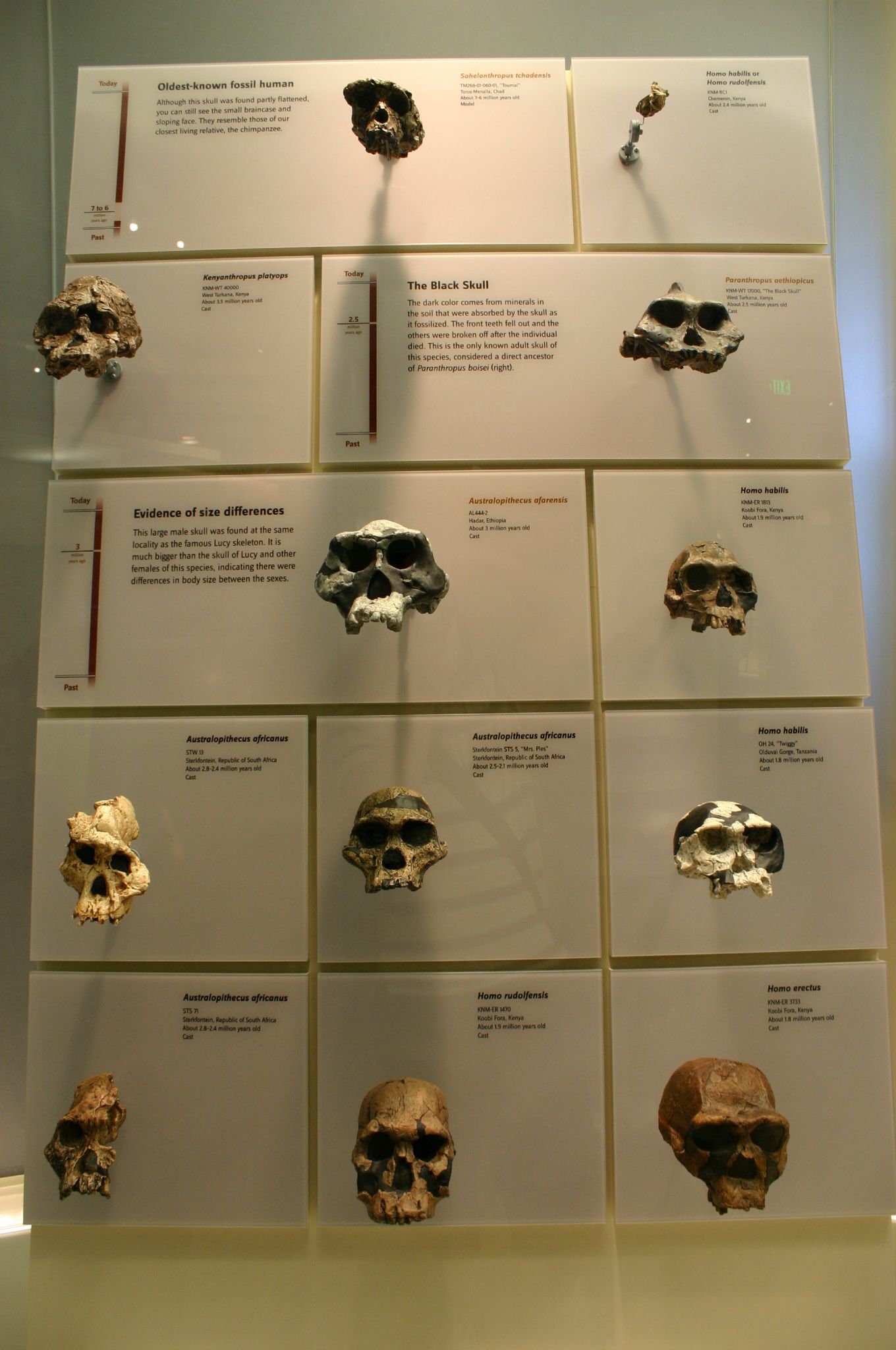
8. **The East African Rift Valley: A Cradle for Human Evolution**The profound re-dating of Omo I not only alters our chronological understanding but also deepens our appreciation for the geological stage upon which early human history unfolded. The Omo Kibish Formation, where these crucial fossils were discovered, lies within the East African Rift Valley. This region, renowned for its intense geological activity, including frequent volcanic eruptions, was far more than just a backdrop; it was a dynamic and enabling environment that actively shaped the evolution and dispersal of early Homo sapiens.
Professor Clive Oppenheimer from the University of Cambridge highlights the multifaceted benefits this geologically active rift valley offered our earliest ancestors. It acted as a vast natural corridor, stretching thousands of kilometers, facilitating migration across the continent. Crucially, the rift valley’s geological structure allowed rainfall to collect in extensive lakes, providing vital freshwater sources and attracting a rich diversity of animals, which in turn supported early human populations.
Beyond sustenance, the very volcanoes that posed chronological challenges also provided indispensable resources. They furnished excellent materials, such as obsidian, for crafting sophisticated stone tools. Professor Oppenheimer further suggests that the periodic, large-scale eruptions that dramatically transformed the landscape may have spurred the development of our ancestors’ cognitive skills, forcing them to adapt and innovate in response to environmental shifts. This suggests a profound interplay between geological forces and human cognitive development, fostering an environment where Homo sapiens could not only survive but truly thrive.
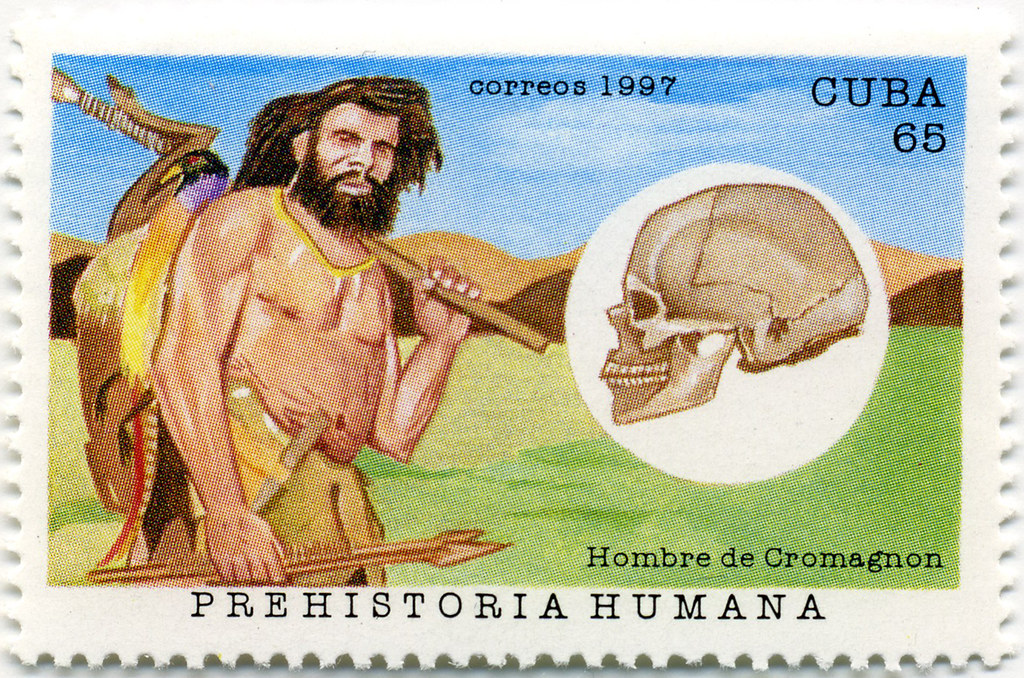
9. **Beyond Omo I: Comparing Early Homo sapiens Across Africa**While Omo I now holds the distinction as the oldest unchallenged Homo sapiens in Africa, it is not the only ancient human fossil to captivate paleoanthropologists. Its re-dating naturally prompts comparisons with other significant finds, particularly those that offer glimpses into the earliest stages of our species’ lineage. These comparisons illuminate the subtle yet crucial morphological distinctions that help define what it means to be an anatomically modern human.
One such pivotal comparison is with the 300,000-year-old Homo sapiens remains discovered at Jebel Irhoud in Morocco. These North African fossils are undeniably ancient, yet they exhibit skull shapes that differ notably from those of modern humans. Dr. Aurélien Mounier points out that the Jebel Irhoud specimens lack certain key features found in Omo I and later humans, specifically a tall cranium and a distinct chin. This morphological difference underscores Omo I’s uniquely modern characteristics within the early Homo sapiens fossil record.
Another important set of fossils in the East African narrative are the Herto remains from northern Ethiopia, which have been estimated to be approximately 160,000 years old. While these represent the second-oldest modern human remains in the region, their age, like Omo I’s, has also been subject to previous uncertainty. The recent study on Omo I also clarified that the KHS Tuff, crucial for Omo I’s re-dating, does not correlate with the Waidedo Vitric Tuff, meaning it cannot be used to anchor a new minimum age for the Herto fossils. Future research is poised to re-evaluate the Herto chronology, continually refining our understanding of early human presence across the continent.
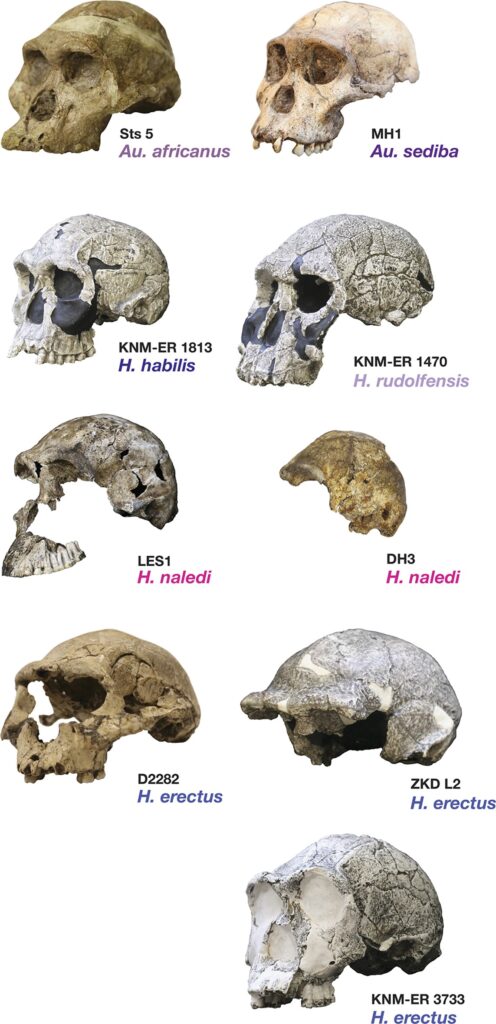
10. **The “Bushy” Family Tree: Homo’s Coexistence with Other Hominins**The narrative of human evolution is far from a linear progression, a common misconception often depicted as a “March of Progress.” Instead, the fossil record reveals a complex, “bushy” family tree where multiple hominin species coexisted and likely competed across Africa. The latest research on Omo I, alongside other discoveries, reinforces this intricate picture, showing that Homo sapiens was not alone in its ancient landscapes.
For instance, research at the Ledi-Geraru site in Ethiopia has unveiled evidence of early Homo fossils dating back 2.8 million years, overlapping with a different type of hominin, Australopithecus, around 2.6 million years ago. This was a significant surprise, as Australopithecus, including the famous Lucy, was generally thought to have been extinct in that specific area by about 3 million years ago. This discovery challenges the notion of a simple succession, demonstrating that early Homo shared its environment with older lineages for extended periods.
The co-existence extended to other regions as well. In southern Ethiopia and southern Africa, the earliest species of Homo overlapped with Paranthropus, a hominin known for its massive teeth and powerful chewing muscles, indicative of a grass-reliant diet in some parts of its range. The central question for ongoing research is how these various hominin species divided up resources. Did Homo adopt a flexible diet to avoid competition, or did early Homo’s emerging traits, such as culturally reliant tool use and occasional meat consumption, evolve as a strategy to navigate these shared environments?
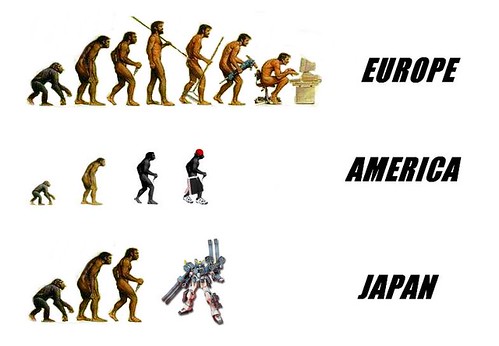
11. **Aligning Archeological Findings with Evolutionary Models**The re-dating of Omo I to a minimum of 233,000 years ago represents a critical step towards harmonizing the archaeological record with existing evolutionary models of human origins. For a considerable period, the archaeological dates for the oldest known Homo sapiens fossils in eastern Africa did not perfectly align with the broader evolutionary timelines derived from genetic data, creating a puzzling discrepancy for scientists.
Genetic studies have independently estimated that Homo sapiens diverged from other early hominins within a timeframe of approximately 350,000 to 200,000 years ago. The previous accepted age for Omo I, at around 197,000 years, fell towards the younger end of this genetic window, or even just outside it. However, the new minimum age of 233,000 years for Omo I fits squarely and meaningfully within this genetically predicted range, making much more sense in the grand scheme of human evolutionary history.
Dr. Céline Vidal explicitly states that “This new age constraint is congruent with most models for the evolution of modern humans, which estimate the origin of H. sapiens and its divergence from archaic humans at about 350–200 thousand years ago.” This alignment provides stronger empirical support for these models, reinforcing the consensus that East Africa was indeed a crucial “cradle of humankind” where our species took its definitive anatomical form. The revised timeline bridges a previous gap, creating a more coherent and robust understanding of when and where modern humans truly emerged.
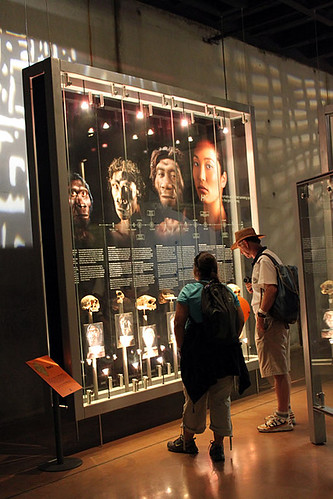
12. **The Enduring Debates: Single Origin Versus Multi-Regional Models**The re-evaluation of Omo I’s age contributes significantly to one of paleoanthropology’s most enduring and dynamic debates: whether our species originated in a single, localized region of Africa or emerged across multiple, interconnected areas of the continent simultaneously. The updated findings have the potential to shift perspectives on this complex question, which has seen opinions swing over time.
Brian Stewart notes that “Current opinions of our species’ origins have shifted away from a single-region African model and towards a multiregional African model.” This multi-regional view suggests that Homo sapiens traits developed across a wider geographic expanse, with gene flow between different populations contributing to the emergence of our species. The idea that no single ‘Garden of Eden’ existed has gained considerable traction in recent years.
However, Stewart also suggests that if the “more modern-looking Omo specimens turn out to fall squarely within that time envelope,” meaning the new 233,000-year-old age and potentially older, then scientists “may need think twice before we toss out a single origin model altogether.” He elaborates that this could be especially true for a model that envisions our species evolving across a single, vast, interconnected region, much larger than previously imagined. This highlights the fluidity of scientific understanding, where new data can prompt a re-examination of established theories.
Dr. Vidal prudently reminds us of the inherent limitations in dating humanity: “We can only date humanity based on the fossils that we have, so it’s impossible to say that this is the definitive age of our species.” This crucial caveat underscores that the timeline of human evolution remains a work in progress, subject to continuous refinement with every new discovery and methodological advance. As she wisely adds, “The study of human evolution is always in motion: boundaries and timelines change as our understanding improves.”

13. **Unearthing Tomorrow: Future Directions in Paleoanthropological Research**The monumental re-dating of Omo I marks a thrilling new chapter, but it is by no means the final word in the story of human origins. This groundbreaking research, while providing a new minimum age for Homo sapiens in eastern Africa, has simultaneously highlighted the compelling challenges and exciting avenues for future paleoanthropological inquiry. The quest to fully constrain our species’ emergence continues with renewed vigor.
Professor Christine Lane, a co-author, articulates the primary challenge: “Our forensic approach provides a new minimum age for Homo sapiens in eastern Africa, but the challenge still remains to provide a cap, a maximum age, for their emergence, which is widely believed to have taken place in this region.” The next critical step, as Dr. Vidal explains, involves repeating the innovative geochemical and radiometric analyses with samples of fine ash from layers *beneath* the Omo I fossils, to finally establish a maximum age for these ancient remains.
Beyond Omo I, researchers are keenly focused on refining the chronology of other significant finds. The Herto fossils, the second-oldest modern human remains in the region, are a prime candidate for future re-dating efforts, aiming to provide a more accurate and precise age. Dr. Vidal’s team is also actively pursuing correlations for “many other ash layers” with eruptions from the Ethiopian Rift and other sedimentary formations, an effort that promises to better constrain the ages of additional fossils in the region. This meticulous, layer-by-layer investigation will continue to fill what Dr. Vidal describes as “a big gap in between the eruptive history and the archeological history which we’re very slowly filling in.”
Ultimately, each new discovery and refined dating technique serves to deepen our appreciation for the tenacity of our ancestors. Dr. Vidal profoundly remarks, “But these fossils show just how resilient humans are: that we survived, thrived and migrated in an area that was so prone to natural disasters.” The continuous pursuit of our deep past is a testament to humanity’s enduring curiosity, always pushing the boundaries of what we know, and perhaps, extending the age of our species even further back in time.


